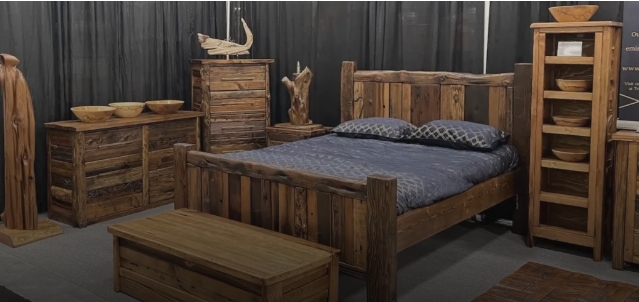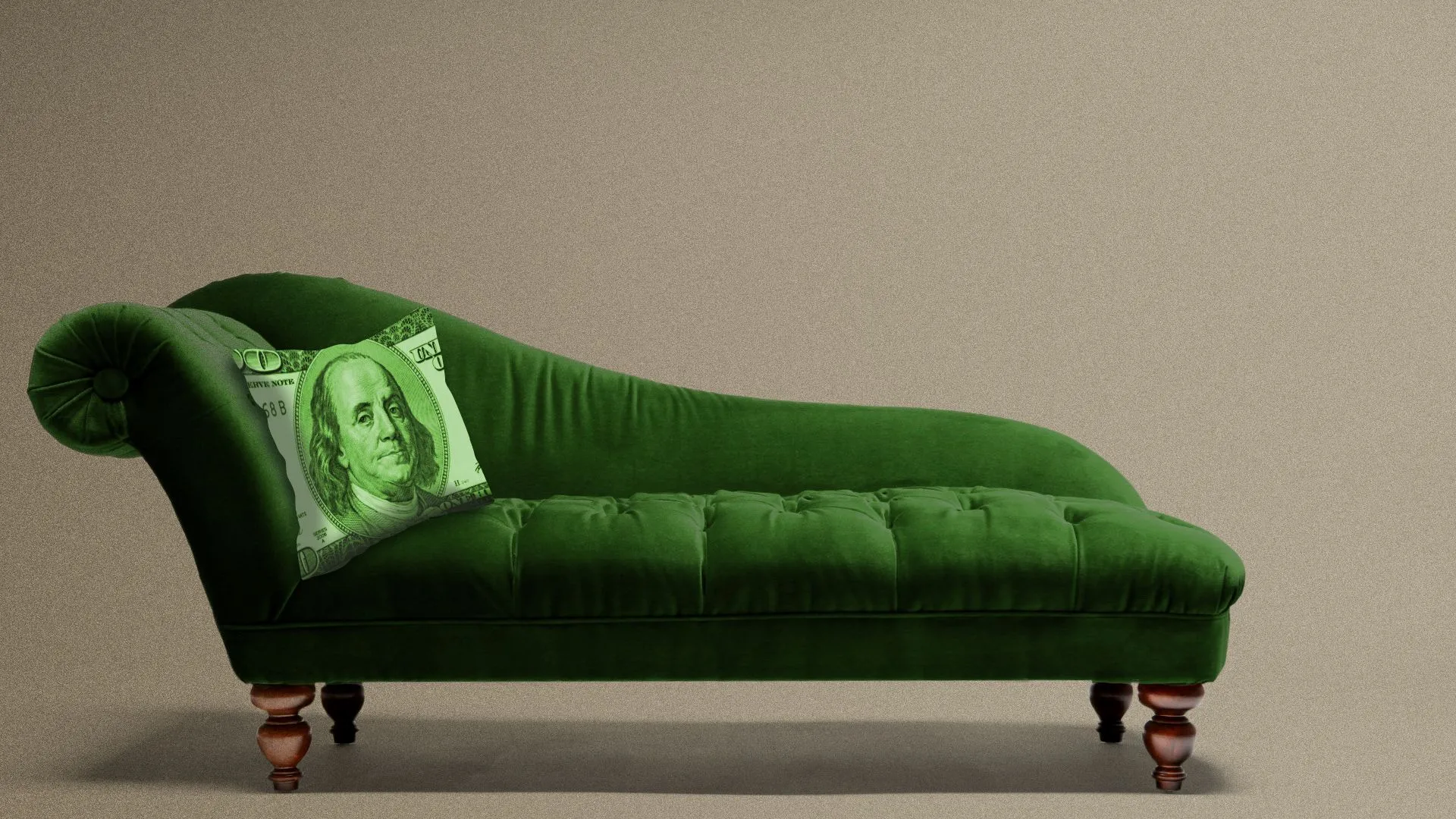Potential furniture import tariff hike could cause price spike
The global furniture industry is facing potential challenges amidst discussions of tariff hikes on furniture imports. This looming threat has sparked concerns among manufacturers, retailers, and consumers alike. In this discourse, we delve into the implications of such tariff increases, exploring how they could potentially lead to a significant price spike across the furniture market.

1.Background on Furniture Imports:
Furniture imports play a crucial role in meeting consumer demands worldwide. Countries import furniture to fulfill diverse needs, ranging from residential to commercial spaces. The import market thrives on a complex network of suppliers, manufacturers, and distributors, ensuring a diverse range of options for consumers globally.
2.Impact of Tariff Hikes:
The imposition of tariffs on furniture imports can disrupt this intricate ecosystem. Tariff hikes translate into increased costs for importers, which are often passed on to consumers through higher retail prices. Such hikes could significantly impact both businesses and consumers across various segments of the furniture market.
3.Economic Implications:
The potential tariff hike poses significant economic implications for all stakeholders involved. Importers may face reduced profit margins or even losses due to higher costs of importing furniture. Moreover, increased prices could dampen consumer demand, leading to a slowdown in furniture sales and adversely affecting the overall economy.
4.Supply Chain Disruptions:
Tariff hikes could disrupt the global furniture supply chain, leading to delays and shortages. Manufacturers may struggle to procure raw materials and components at competitive prices, further exacerbating production challenges. As a result, retailers may face inventory shortages, limiting consumer choices and potentially driving prices even higher.
5.Competitive Landscape:
Tariff hikes could also impact the competitive landscape within the furniture industry. Domestic manufacturers may gain a competitive edge if their products become relatively cheaper compared to imported furniture. However, increased competition among domestic manufacturers could lead to price wars, ultimately affecting profitability across the sector.
6.Consumer Behavior:
Consumers are likely to bear the brunt of tariff hikes through increased furniture prices. Higher prices may compel consumers to postpone or cancel furniture purchases altogether, opting to make do with existing furniture or explore alternative options. This shift in consumer behavior could further dampen demand and disrupt market dynamics.
7.Mitigation Strategies:
To mitigate the adverse effects of potential tariff hikes, stakeholders in the furniture industry must explore various strategies. Importers may consider diversifying their supply chains to minimize reliance on countries subject to tariff increases. Additionally, renegotiating contracts and exploring alternative sourcing options could help cushion the impact of higher tariffs.
8.Policy Implications:
The debate surrounding furniture import tariffs underscores the importance of thoughtful policy formulation. Policymakers must carefully weigh the short-term objectives of protecting domestic industries against the long-term implications of trade barriers. Collaborative efforts between governments, industry associations, and consumer advocacy groups are essential to strike a balance between protectionism and free trade principles.
9.Consumer Education:
Amidst uncertainties surrounding potential tariff hikes, consumer education becomes paramount. Empowering consumers with information about the potential impact on furniture prices can help them make informed purchasing decisions. Retailers can play a crucial role in educating consumers about alternative options, price trends, and potential cost-saving measures.
10.Conclusion:
The looming threat of furniture import tariff hikes has cast a shadow of uncertainty over the global furniture industry. The potential for a price spike poses challenges for manufacturers, retailers, and consumers alike. However, proactive measures such as supply chain diversification, policy advocacy, and consumer education can help mitigate the impact and foster resilience within the furniture market.
In conclusion, navigating the complexities of potential tariff hikes requires collaborative efforts and adaptive strategies to sustainably address the challenges



